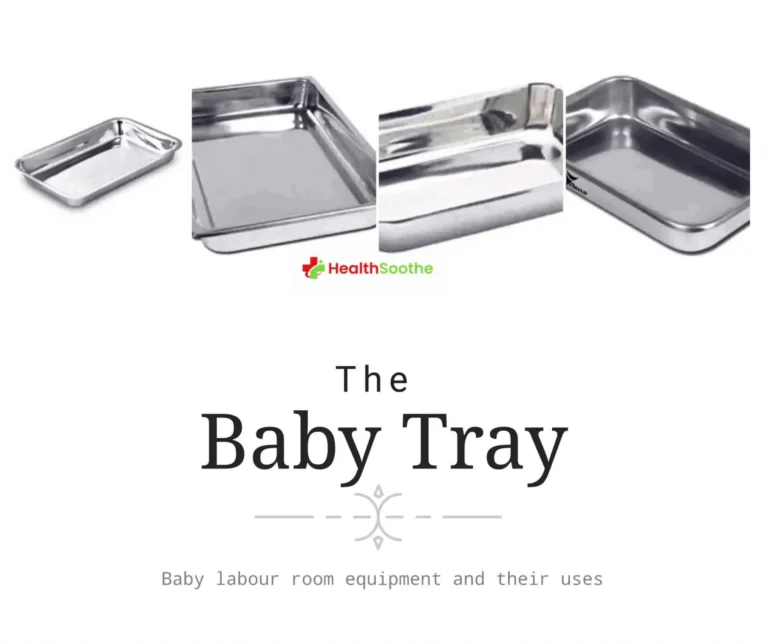Oct 16, 2024

By JEFF GOLDMSITH
As health systems struggle to emerge from the post-COVID financial crisis, the importance of the clinical enterprise to these systems has dramatically increased. Healthcare organizations are getting larger, as failing enterprises are absorbed into growing systems.
Yet clinicians of all stripes but particularly physicians feel a deepening sense of alienation from the expanding care systems in which they work. In many “wanna-be” health systems, the clinical “enterprise” is a loosely connected roll-up of independent practices held together by RVU-based compensation plans and a common corporate logo on the door.
A roll-up is not a credible foundation for a system, but merely a holding action. If you have lost your clinicians, you do not have a franchise!
In an age when clinician burnout and moral injury threaten the well-being of care givers, how care systems foster caregivers’ commitment to their enterprise has become the central strategic challenge. When one looks at the leading enterprises in healthcare- from the Mayo Clinic to Johns Hopkins Medicine – they have one thing in common. They are not only led by clinicians, but the clinicians there work together both to maintain high clinical standards and develop and propagate clinical innovation.
This commitment has a direct financial consequence for health systems. In an environment where an increase percentage of health care revenues are “risk” revenues, having affirmative control over the cost of delivering care is the key to the organization having a future. Ultimately, that control comes not from clever compensation schemes, but from how clinicians behave in working together to manage their patients.
To be clear, the clinical enterprise does not mean that all clinicians are salaried employees. In some organizations like Kaiser Permanente, for example, clinicians are employees of the Permanente Medical Groups, a closed panel entity which provides most of Kaiser’s clinical care.
But in many organizations, clinicians may be independent practitioners or members of affiliated medical groups, but are still actively involved in the governance of the clinical enterprise. In academic institutions, not all members of the clinical enterprise are full time faculty. And not all of them have MDs after their names, but are advance practice nurses and other clinicians with post-graduate degrees.
Rather, the successful clinical enterprise is characterized by;
1) a common value set which defines what constitutes quality medical practice. This value set embodies the beliefs and values that animate clinical care, and is maintained and reinforced by educational programs, awards and recognition, and high standards for promotion and compensation
2) rigorous quality and safety standards Rather than being paralyzed by requirements to document dozens or hundreds of clinical standards, clinicians are held to high expectations for collaboration and patient outcomes. Those standards evolve and improve as clinical medicine advances.
3) high levels of collegiality and mutual trust At its base, quality patient care requires collaboration, and that collaboration cannot take place without high levels of trust-both in clinical judgment and behavior. One can conceive of a high functioning clinical enterprise as interlocking circles of trust- between the clinician and patient (and their family), between the clinician and his/her circles of consultants, between that circle and the clinical and administrative teams which support their care of patients and between all those circles and the managements that supervise them. Absent collaboration lubricated by trust, patients experience their care as a sequence of missed connections or dropped batons (where they are the baton). Those circles of trust act as shock absorbers for the inevitable surprises and events that crop up in the care process.
4) effortless communication and consultation In this complex collaboration, clinicians rely on high-functioning information technology to share information with colleagues about patients and get feedback from them about next steps. The electronic record is not simply a static electronic version of the old paper chart, but a communications tool to support patient care. One reason the electronic health record has not achieved its potential is that this communication function is often a stepchild of the billing functions of clinical IT. Effective communication is vital to assuring timely and safe management of patient problems, as well as “patient progression” through the care episode -an increasing concern with length of stay in hospitals rising post-pandemic. That increasing length of stay is a direct financial threat to hospitals in particular under Medicare’s prospective payment system or under risk contracts with private health plans.
5) inspirational leadership Maintenance of high clinical standards and morale is not going to be guaranteed by artificial intelligence, clinician MBAs or clever compensation models. Inspirational leadership is the animating force in a high-functioning clinical enterprise. Leadership by example- living the values of the organization- is the essential ingredient of that enterprise. Fostering and maintaining collegiality begins at the top.
How do you know that you have a high functioning clinical enterprise? Because clinicians in that enterprise feel and behave like owners. They feel they can effectively address and change factors that interfere with effective patient care and that damage morale, cause moral injury and waste their time (the scarcest resource in most healthcare enterprises).
There is no better diagnostic for the absence of a sense of ownership in an organization than a movement to unionization among practicing physicians. The movement to unionize clinicians is not driven by money, but rather a feeling of disempowerment, that clinicians cannot count on management’s commitment to changing the things that prevent them from being effective caregivers.
A danger of the wave of consolidation now underway is that systems will outgrow their nervous systems- that they will not reach the clinics, ORs, ICUs and physicians’ offices where all the value is created. Clinical enterprises that connect with and animate their workforces will have a prohibitive competitive advantage in the coming era of clinician scarcity as the baby-boom physicians and other care givers retire.
In an effective clinical enterprise, physicians and non-physician colleagues feel a sense of efficacy in changing things that harm their patients or their practicing colleagues. It is not mass and scale, or wealth, that will determine who survives and prospers in this coming healthcare environment, but the ability of clinicians in the clinical enterprise to work together effectively to meet our needs. The health and vitality of the clinical enterprise is the single most important factor in the success of healthcare enterprises large and small.
Jeff Goldsmith is a veteran health care futurist, President of Health Futures Inc and regular THCB Contributor. This comes from his personal substack








![Healthy High Protein Oatmeal Chocolate Chip Breakfast Bars [gluten-free + no added sugar]](https://i0.wp.com/healthyhelperkaila.com/wp-content/uploads/2024/11/OatmealChocolateChipBarsFeatured.png?fit=1536%2C1521&ssl=1)









 English (US) ·
English (US) ·